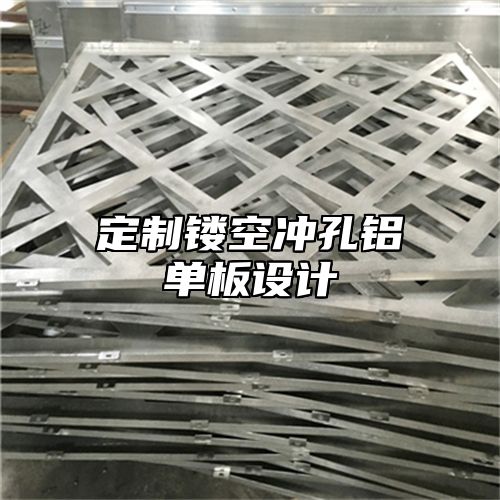

 Industry information
Industry information
Hollow punched aluminum veneer is a very popular building material, which has unique decorative effects and good practicality. This article will provide a detailed introduction on how to design customized hollow punched aluminum veneers to better meet the needs and preferences of customers.
The design of customized hollow punched aluminum veneer needs to be considered based on specific usage environments and design requirements. Generally speaking, high-quality perforated aluminum veneer should have the following characteristics: high strength, corrosion resistance, smooth surface, rich color, etc. When designing, it is necessary to fully consider these characteristics and choose suitable materials and processes.
The shape and size of hollow punched aluminum veneer need to be determined according to specific design requirements. Common shapes include squares, rectangles, circles, etc., and the size needs to be determined according to actual needs. When determining the shape and size, attention should be paid to its aesthetics and practicality, while also considering its ease of installation and maintenance.
Thirdly, the punching and bending processes for hollow punched aluminum veneer need to be selected according to specific design requirements. Different processing techniques can achieve different shapes and effects, so it is necessary to choose according to the actual situation. When processing, attention should be paid to its accuracy and quality to ensure that the final product meets the design requirements.
The appearance characteristics such as color and texture of hollow punched aluminum veneer need to be selected according to specific design requirements. Common colors include white, gray, black, etc., while textures can be customized according to customer requirements. When choosing colors and textures, it is important to pay attention to their coordination and aesthetic appeal with the overall environment.
The design of customized hollow punched aluminum veneer needs to be considered based on specific usage environments and design requirements. When designing, it is necessary to fully consider factors such as materials, craftsmanship, shape, size, color, etc. to ensure that the final product meets the customer's needs and preferences. Attention should also be paid to its environmental performance and quality assurance to improve the product's service life and safety.